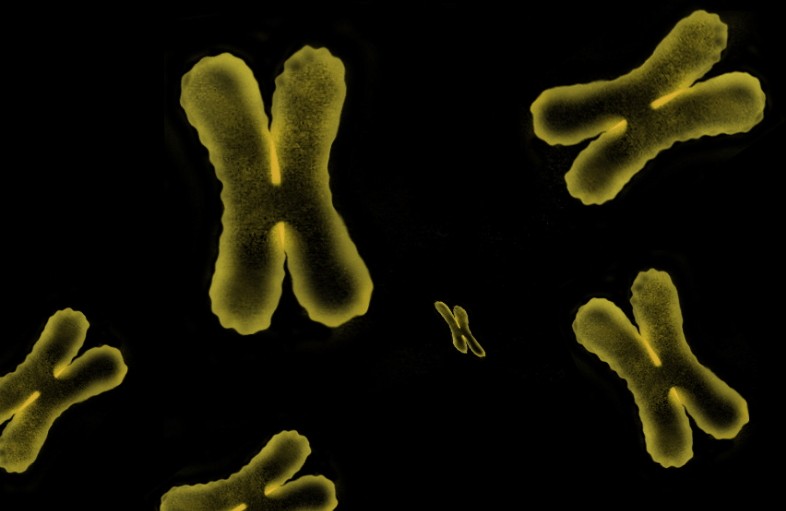Thanks to the Diamond Light Source, a synchrotron located in England, physicists have been able to determine the individual mass of the 46 chromosomes of human cells for the first time.
Chromosomes, consisting of a molecule of DNA and protein, are present in the nucleus of our somatic cells. They are the ones who carry our genes transmitted from mother cells to daughter cells during cell division.
Very crudely, chromosomes prevent the DNA inside from unraveling, helping to maintain its structure during the process of cell replication. For their part, proteins (histones) perform various functions, from reading the genetic code to regulating the processes of cell division, passing through the tight packaging of DNA strands (of almost three meters) in our cells. .
Each of our cells houses 22 pairs of homologous chromosomes and one pair of sex chromosomes (a total of 23 pairs).
Discovered for the first time in the 19th century, chromosomes have since been the subject of many studies to understand the role of these structures within living organisms. Despite everything, some data still eluded us, starting with their mass, which you can only determine with advanced instrumentation.
As part of a study, a team of physicists from University College London set out to calculate it for the first time, relying on a powerful beam x-ray available at Diamond Light Source. This synchrotron, operational since 2007, is located in Oxfordshire, England.
In concrete terms, when these X-rays passed through the chromosomes, their diffraction created an interference pattern that physicists could use to create a high-resolution 3D reconstruction of each chromosome.
For this study, they focused on leukocytes (white blood cells). Using this technique, they were able to determine the number of electrons, or electron density, contained inside. The mass of the electrons being known, the team therefore relied on this to calculate the mass of the chromosomes.

Researchers found that the 46 chromosomes in each of our cells weigh 242 picograms (a picogram is equivalent to 0.000,000,000,001 grams), about twenty times heavier than the DNA they contained. It's more than expected. These data thus suggest that there could be missing components yet to be discovered inside our chromosomes. Determining this could of course have significant implications for human health.
"A large amount of chromosome studies are undertaken in medical laboratories to diagnose cancer from patient samples" , underlines Archana Bhartiya, main author of the study. "Any improvement in our ability to image chromosomes would therefore be very valuable “.
Study details are published in Chromosome Research.